The framing of the Giselle and Tony is almost there but didn’t quite work. I think that our intentions were good and that we set out to frame something that would have been aesthetically pleasing but what we have finished with isn’t all that polished. We wanted to have the camera position behind Tony so that Giselle would be framed from his perspective. The result though was too low and Tony’s head took up too much of the frame, Giselle being too far away to see her expressions clearly. This I believe was partly to blame on the room and its fixed furniture. The tables were too far away from door and this part of the reason we went with a wider framing. For further exercises and the final project it will serve us well to stay aware from these classrooms and explore a new space (with moveable furniture). I think that a similar framing would have been more successful if we had the camera higher and the framing tighter on the Giselle so we could see her facial expressions.
When watching the original, it was interesting to see that the boss was moving around which provided the scene with some movement. In our own sequence our framing of Tony’s head blocked the movement. When Giselle does move and create some interest she moves behind Tony’s head. When we started shooting we wanted the scene to feel somewhat awkward. We achieved the awkward feel we were attempting but I think we ended up over doing it somewhat with our unconventional framing.
From this scene it also appears that I haven’t learnt my lesson with mic placement. I placed the mic above Tony for the shoot but realistically I should have explored placing the mic far closer to the character of Giselle. I think my decision was dictated by the fact that I though she would be closer to Tony and that the dialogue would be more evenly spread between the two. If our initial choice of framing and setting had been different so would have my choice of mic placement, potentially providing a better audio track. The positive to be taken from this was that the mic placement was perfect for Tony’s dialogue. In future I’ll need to think more carefully about a scene and pay more attention to the blocking of actors, their movements and how they are going to be treating the script.
I don’t know where to begin with the second scene. I think from the outset our approach was probably wrong and we fell into the trap of having very rigid camera movements. In our haste we didn’t block out the script and find a way for the actors to move in the space. Watching the original I was impressed by the ingenuity of the framing and once again it highlighted the fact that often film’s most powerful aspects are nowhere to be found on the script. Maybe this might be something worthwhile to reshoot again and see how influence the original will have on my own choices.


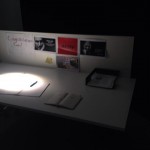
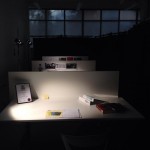

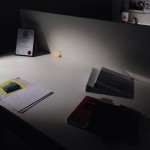
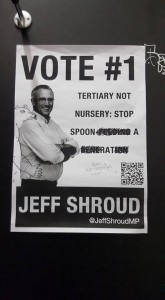
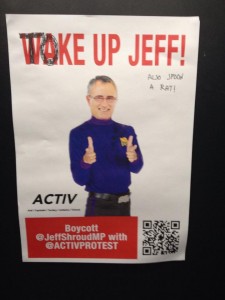
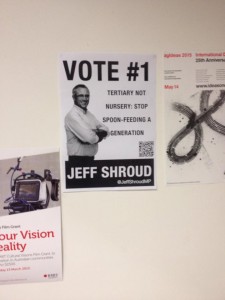
Recent Comments